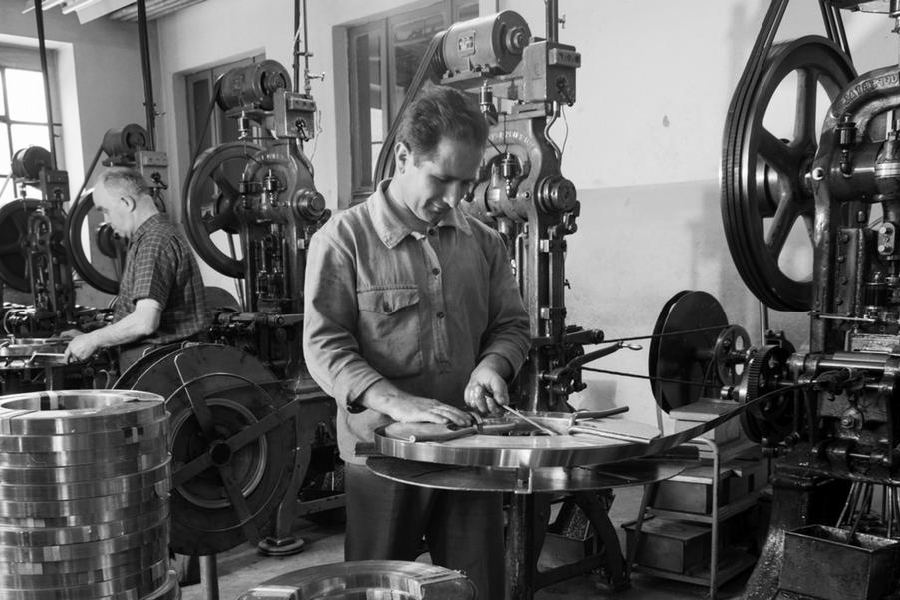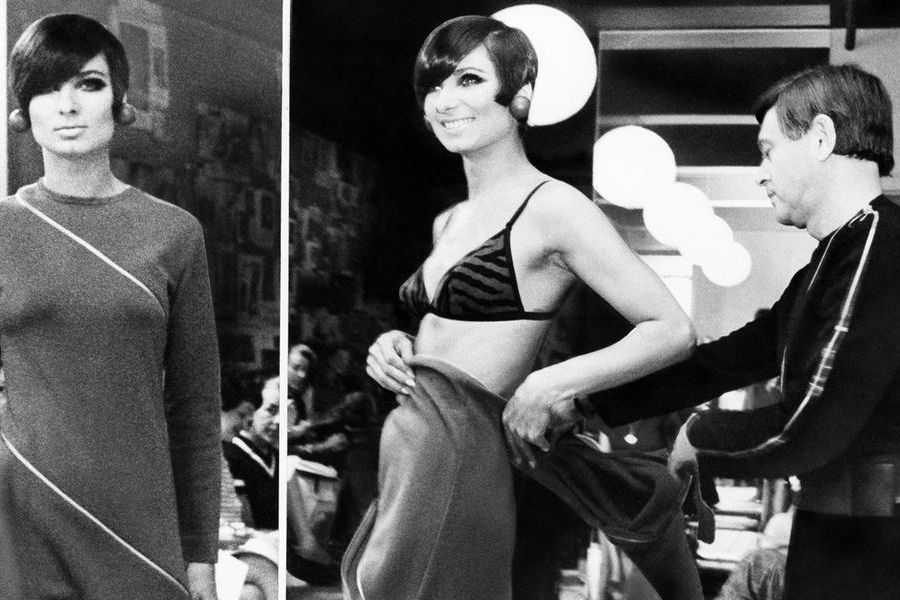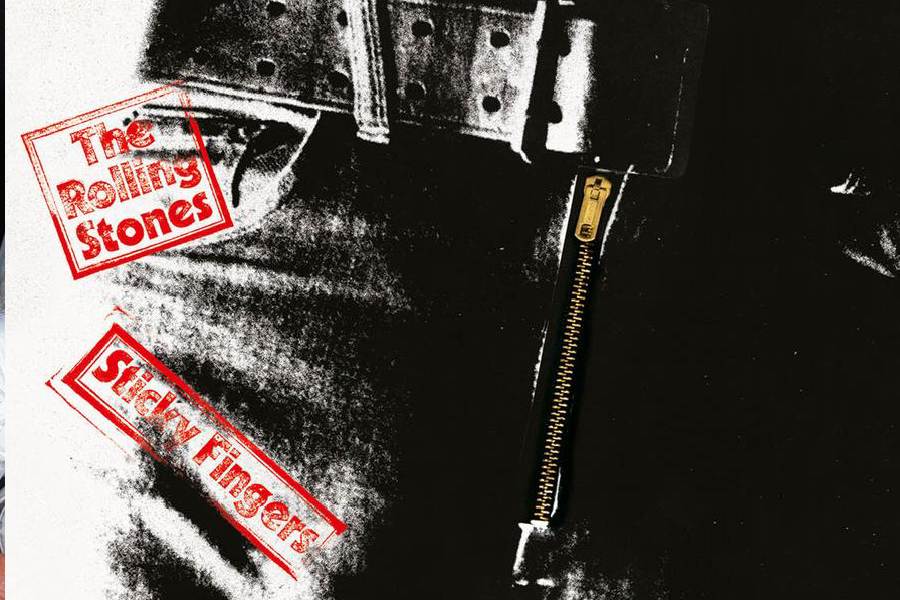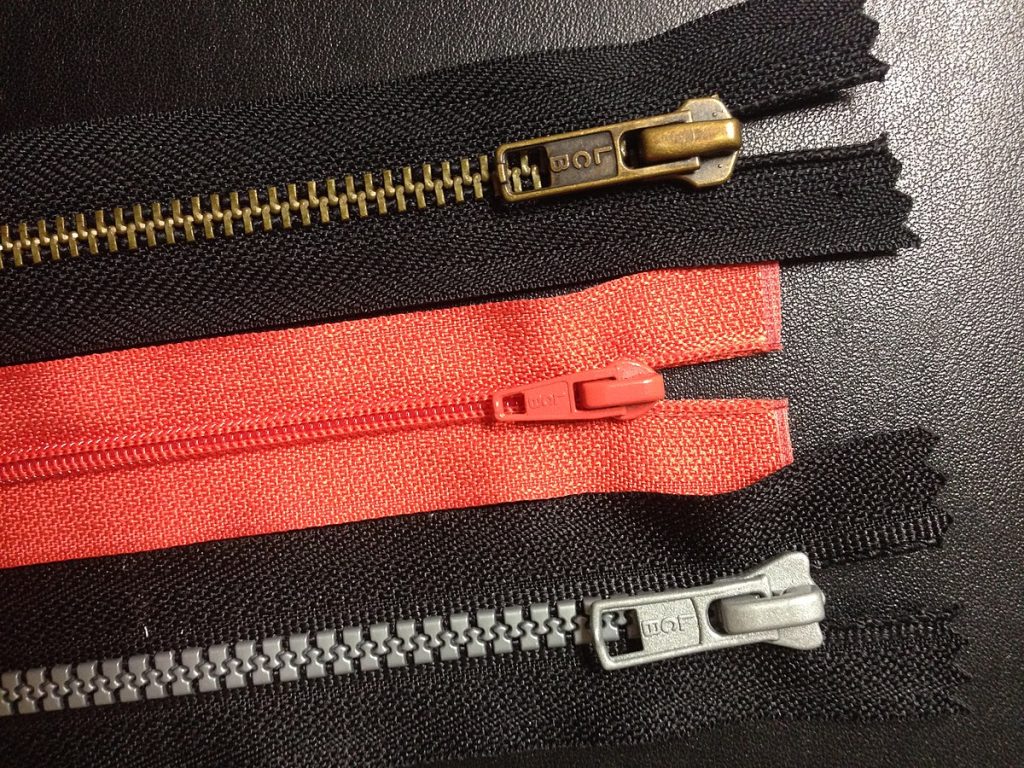Challenges and Early Beginnings
Early models of clothing fasteners resembling zippers emerged in the 1850s but were plagued with issues like rusting and unintentional opening. Despite attempts to improve, these early versions remained awkward and expensive. However, a breakthrough was on the horizon.

Whitcomb Judson’s Innovation
In 1890, an American traveling salesman named Whitcomb Judson developed a significant improvement in the form of a “clasp locker.” This innovation aimed to replace long shoelaces on boots, streamlining the process of securing footwear. Judson’s patent for the clasp locker was granted on August 29, 1893, and he introduced his creation at the Chicago World’s Fair. While initially designed for footwear, its application would soon extend far beyond.

From Indifference to Military Utility
Judson’s invention did not immediately capture widespread attention, with the public seemingly content with traditional shoelaces. However, after a decade of refining the technology, including developments by engineers in Europe, the clasp locker found a major customer: the US military. During World War I, zippers were integrated into soldiers’ clothing and gear, marking a pivotal point in their evolution.
A Fashion Revolution
Although it took until the late 1930s for zippers to make a significant impact on fashion, their journey was far from over. Initially reserved for men’s clothing, zippers broke through the fashion scene, initially regarded as unsuitable for women’s attire due to their association with quick removal. The transition to women’s fashion saw zippers placed discreetly on the side to avoid drawing attention to intimate areas. In Germany, the acceptance of jeans as a gender-neutral garment further eroded these distinctions, but some remnants of the past still linger in clothing design today.

Zippers Beyond Earth
Beyond earthly fashion, zippers even made their way to outer space. Originally composed of metal, they later evolved to include materials like nylon and plastic. Technological advancements brought zippers that could open from both ends. Notably, the zipper’s reliability was put to the test when NASA incorporated it into high-pressure space suits for the Apollo 11 mission in 1969. While the zipper didn’t find a permanent home in space gear, its adaptations paved the way for specialised applications in fire departments and chemical plants.
Pop Culture and Beyond
The zipper’s influence extended into pop culture, with iconic figures like Marlon Brando and James Dean sporting the casual “half-zipped jacket” look in films like “The Wild One” and “Rebel Without a Cause.” In 1971, the zipper even played a role in music and art history. The Rolling Stones’ album “Sticky Fingers,” featuring a real metal zipper, stirred controversy for its perceived risqué nature. The album’s cover, designed by pop art icon Andy Warhol, added to its rebellious aura.

The Modern Zipper
Today, 130 years after its inception, the zipper remains a staple of modern life. Industry giants like Japan’s YKK group, the largest zipper manufacturer globally, produce billions of units annually. While often overlooked, zippers continue to fulfil their purpose seamlessly, enhancing convenience and style in our everyday lives. Yet, their occasional tendency to get stuck serves as a reminder of their humble beginnings and remarkable journey to becoming a timeless fashion accessory.

Contributor





